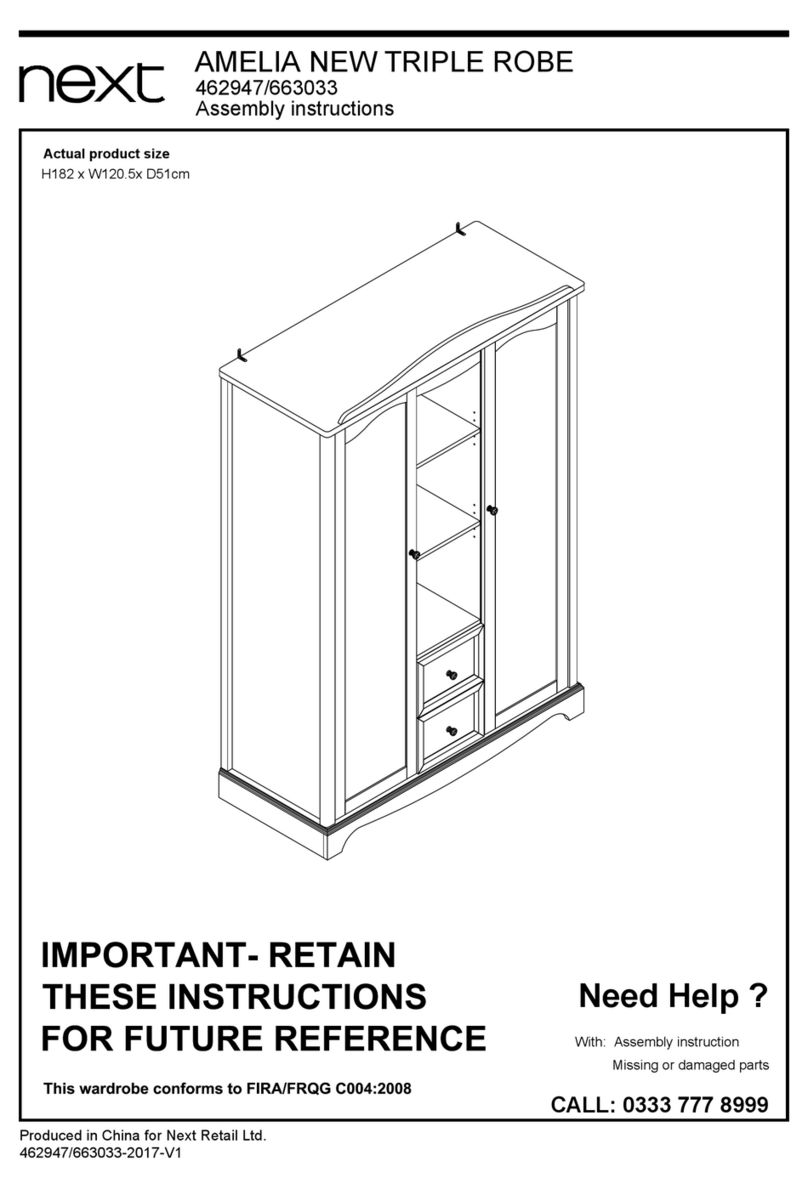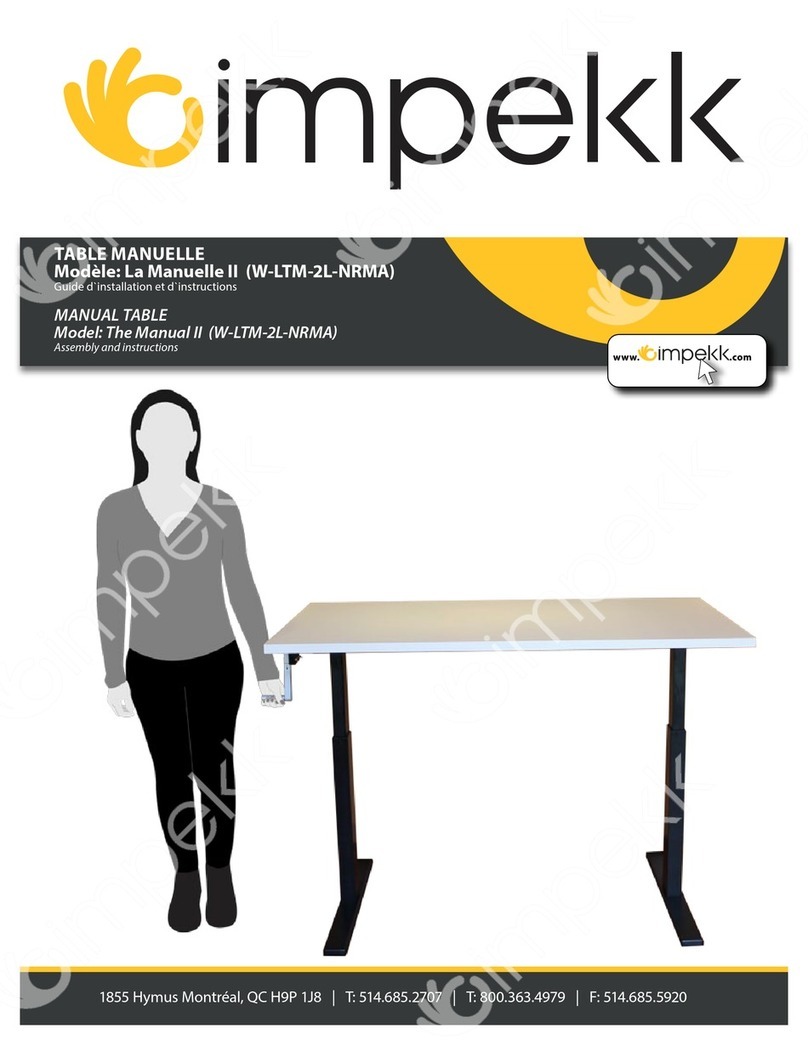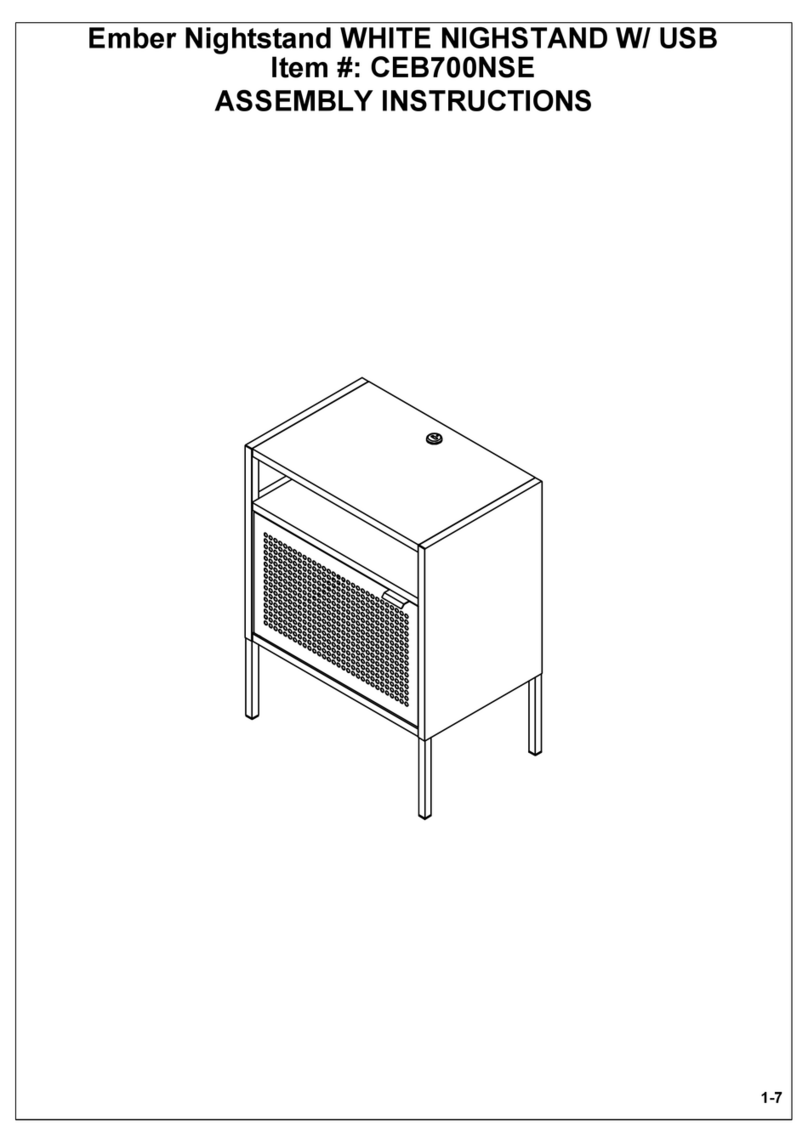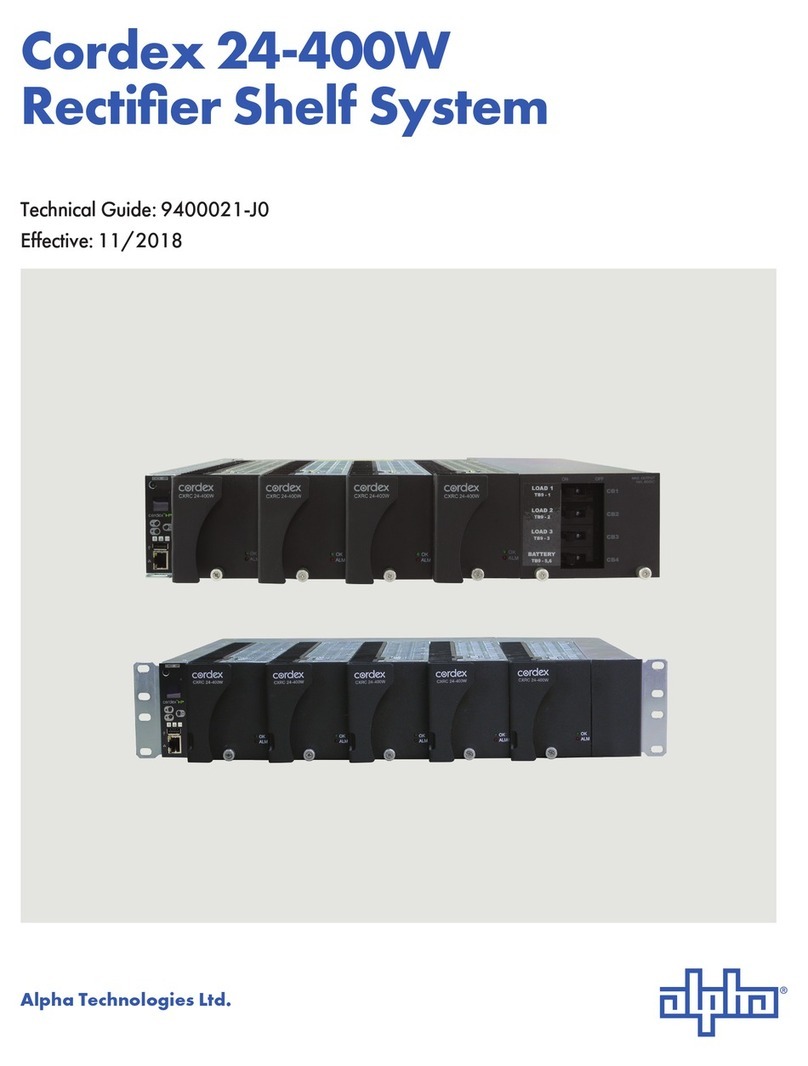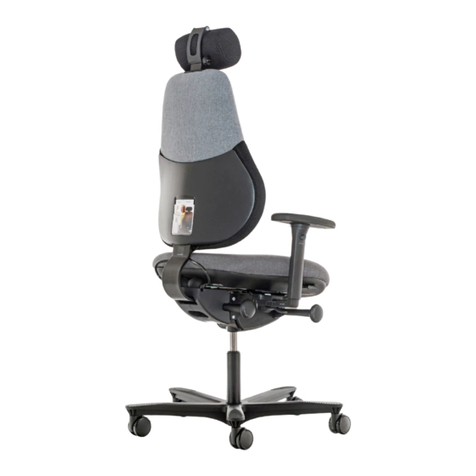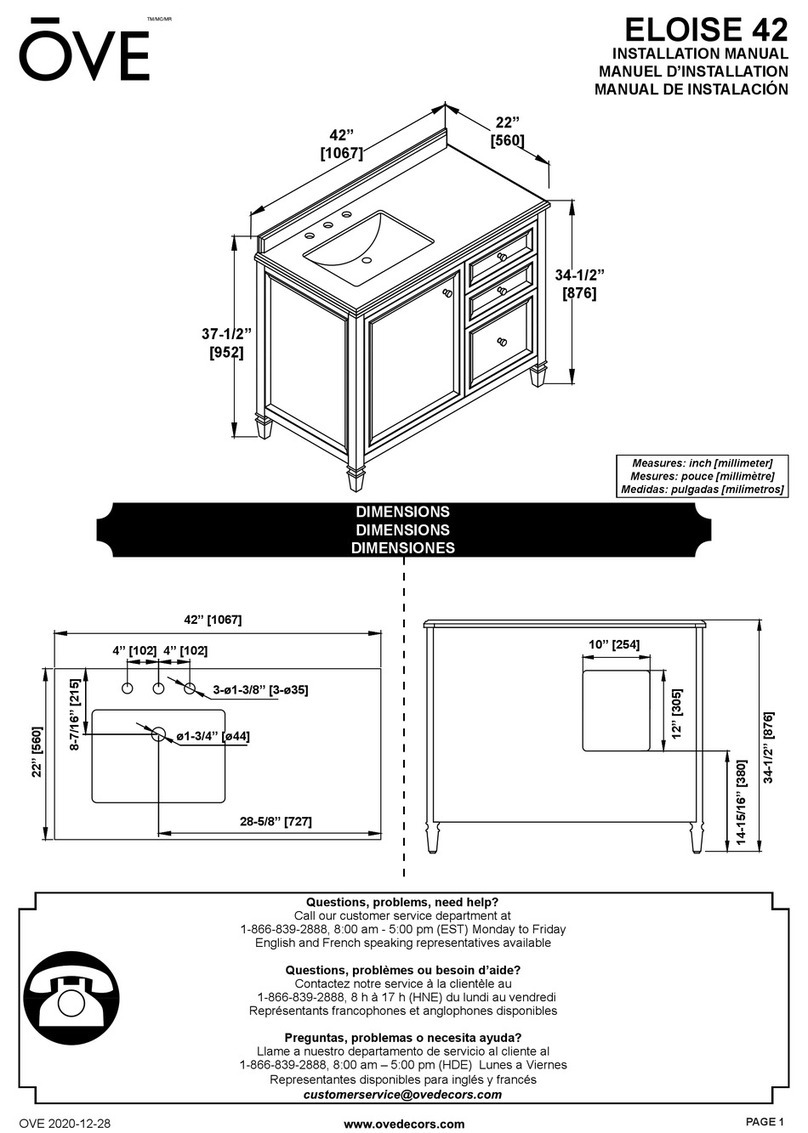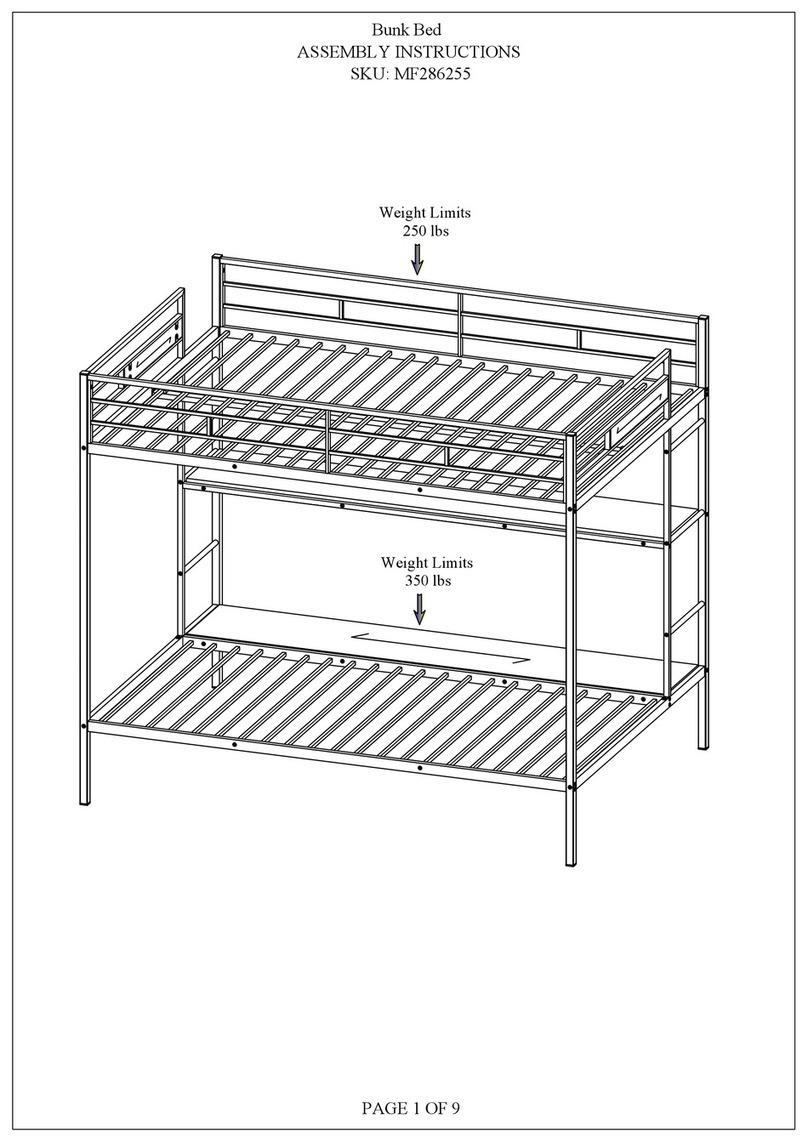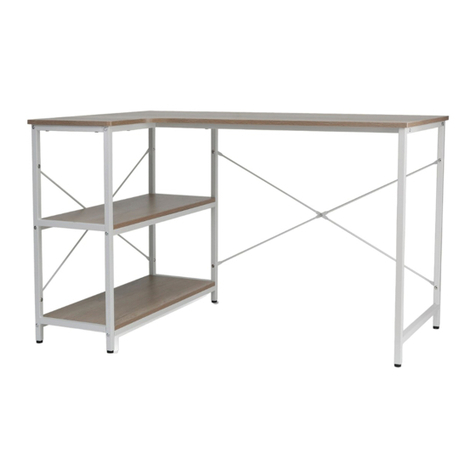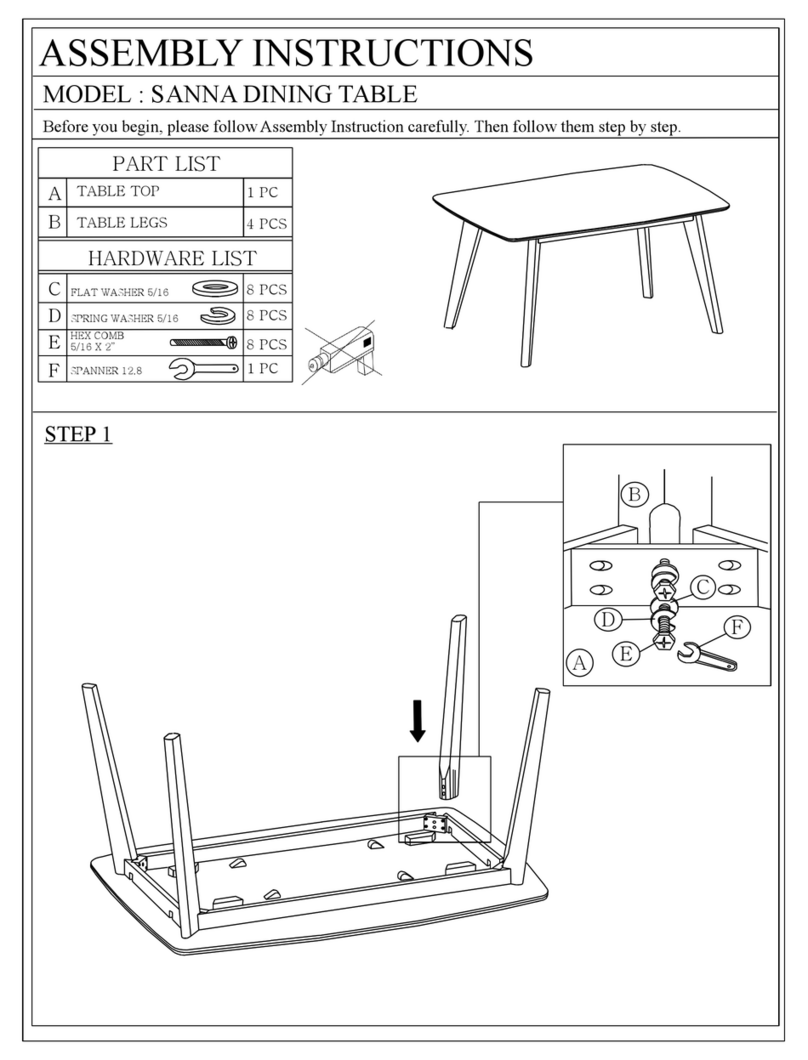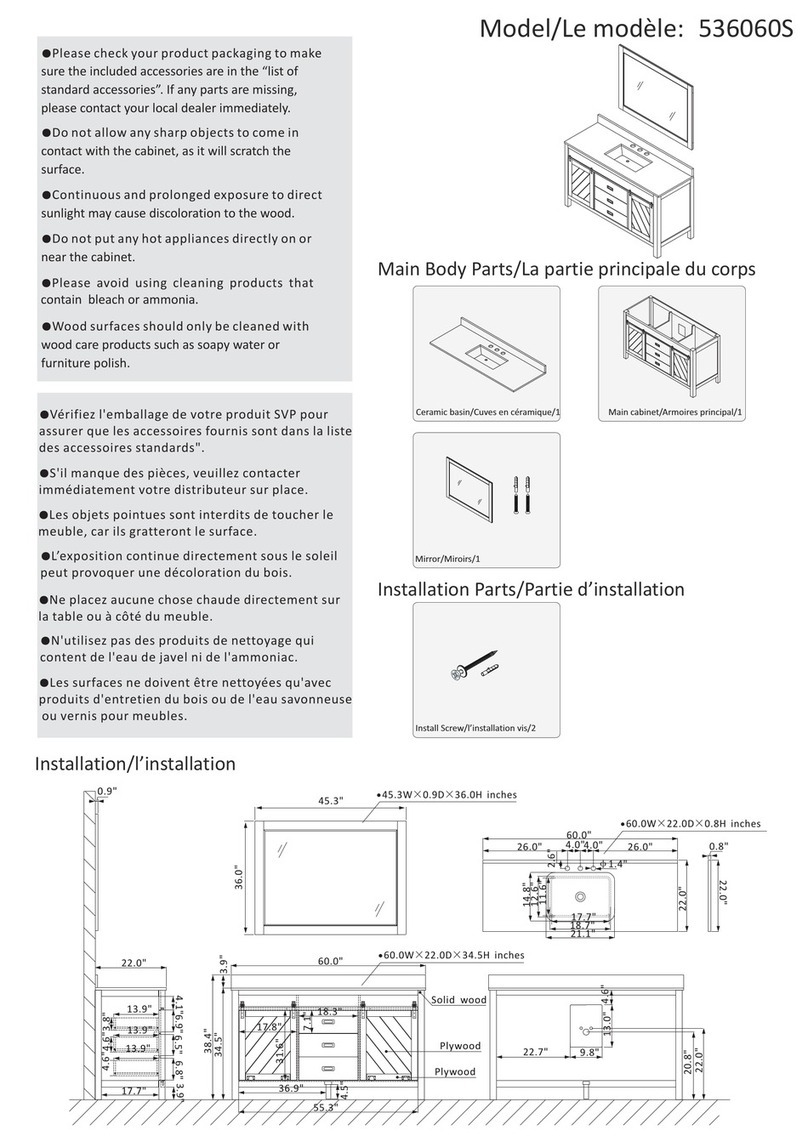
i
TABLE OF CONTENTS
1INTRODUCTION ............................................................................................................................................................. 1
1.1 Scope of the Manual ..................................................................................................................................... 1
1.2 Product Overview.......................................................................................................................................... 1
1.3 Part Numbers and List Options..................................................................................................................... 2
2FEATURES ................................................................................................................................................................... 3
2.1 Cordex Integrated System Controller (CXCI/ CXCI+)................................................................................... 3
2.2 Rectifiers ....................................................................................................................................................... 6
2.3 Soft Start ....................................................................................................................................................... 7
3INSPECTION.................................................................................................................................................................. 9
3.1 Packing Materials.......................................................................................................................................... 9
3.2 Check for Damage ........................................................................................................................................ 9
4INSTALLATION ............................................................................................................................................................ 10
4.1 Safety Precautions ...................................................................................................................................... 10
4.2 Shelf Preparation/Mounting ........................................................................................................................ 10
4.3 Module Insertion/Removal .......................................................................................................................... 10
5WIRING AND CONNECTIONS ........................................................................................................................................ 11
5.1 Safety Precautions ...................................................................................................................................... 11
5.2 Tools Required............................................................................................................................................ 11
5.3 Power System Chassis Ground and DC Ground Reference ...................................................................... 11
5.4 AC Feeder Protection/Sizing....................................................................................................................... 11
5.5 AC Input Connections ................................................................................................................................. 12
5.6 Calculating Output Wire Size Requirements............................................................................................... 12
5.7 DC Output Connections .............................................................................................................................. 12
5.8 CAN Serial Ports ......................................................................................................................................... 12
5.9 Network Connection and Remote Communications via CXC..................................................................... 13
5.10 Signal Wiring Connections .......................................................................................................................... 13
6OPERATION................................................................................................................................................................ 16
6.1 Main Rectifier States ................................................................................................................................... 16
6.2 Main Rectifier Modes .................................................................................................................................. 17
6.3 Rectifier Factory Ranges and Defaults ....................................................................................................... 18
7SYSTEM STARTUP ...................................................................................................................................................... 19
7.1 Check System Connections ........................................................................................................................ 19
7.2 Verify AC and Power the Shelf ................................................................................................................... 19
7.3 Check Battery Polarity and Connect ........................................................................................................... 19
7.4 CXC Reset .................................................................................................................................................. 19
8MAINTENANCE ........................................................................................................................................................... 21
8.1 CXCI/CXCI+ Replacement Procedure........................................................................................................ 21
99.2 ACRONYMS AND DEFINITIONS ............................................................................................................................... 24
9.1 Acronyms and Definitions ........................................................................................................................... 24



